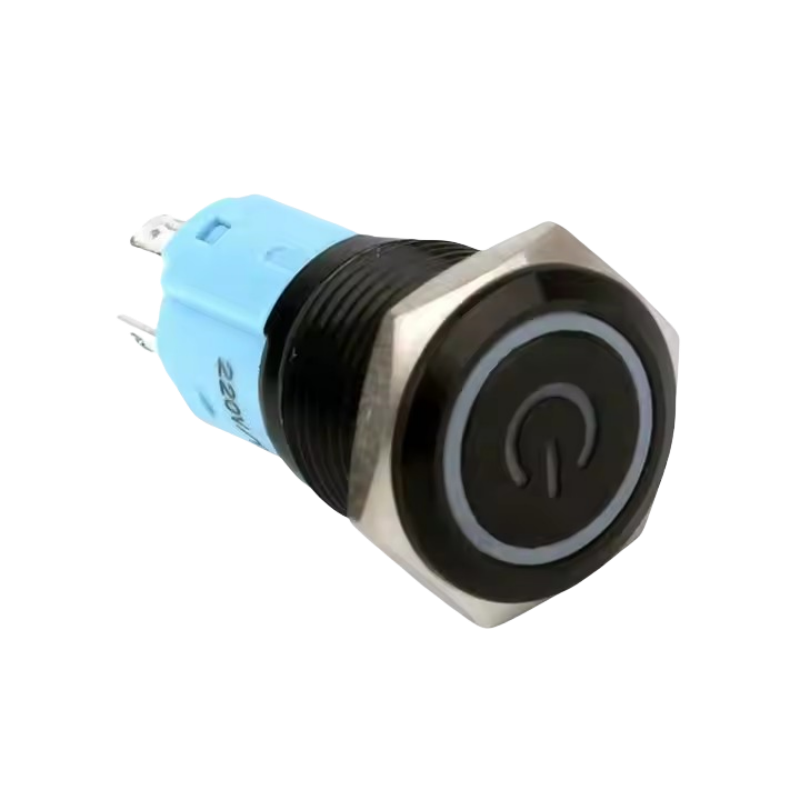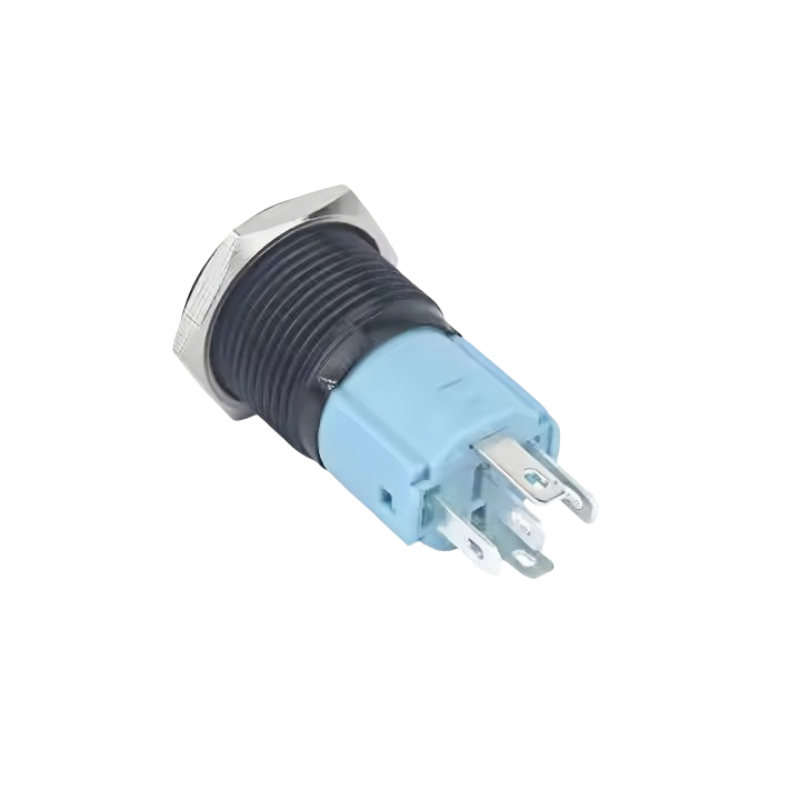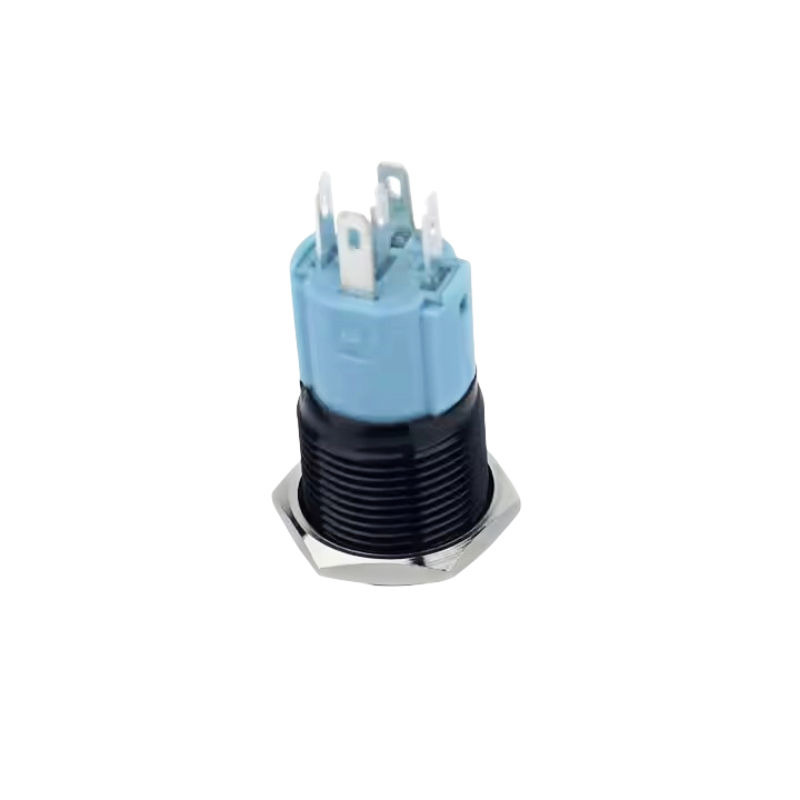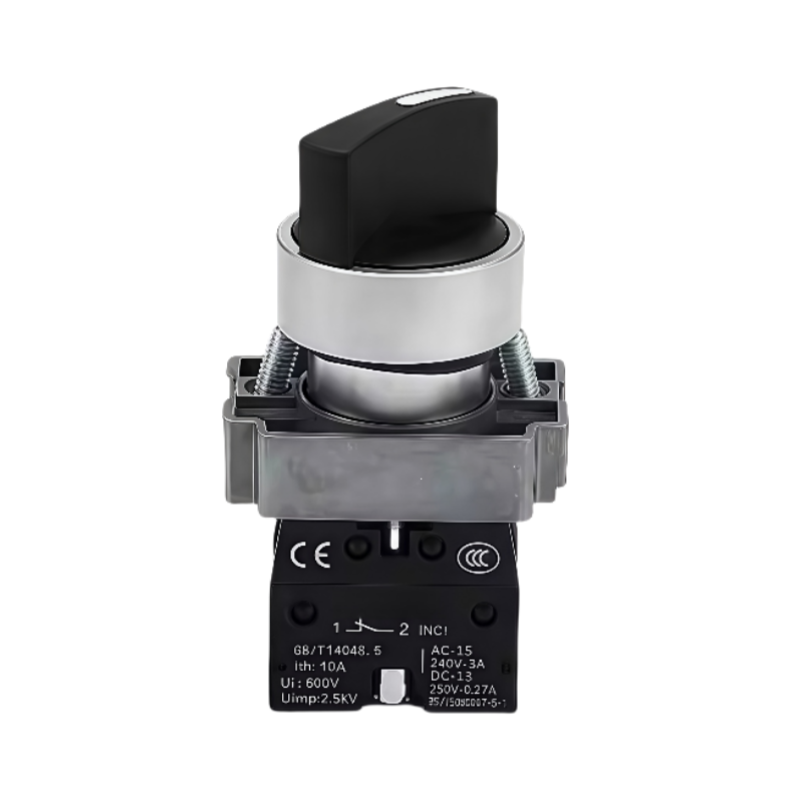Whether you’re designing a robot or a home automation system, metal push button switches can elevate functionality. This guide covers integration tips, common pitfalls, and future trends.
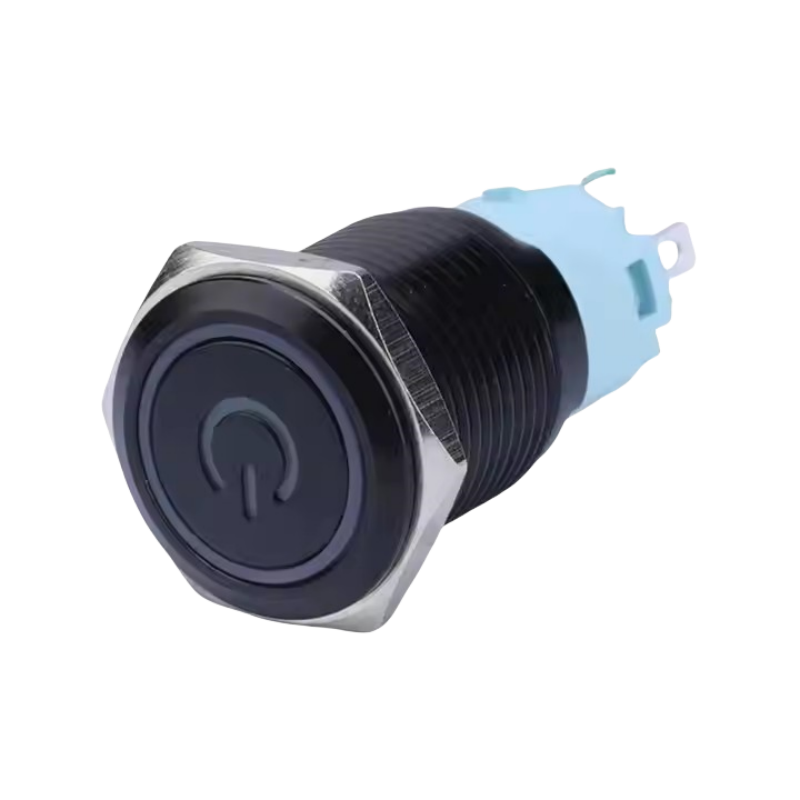
1. Step-by-Step Integration Guide
a. Circuit Design
Calculate load requirements (e.g., 24V/5A).
Include debounce circuits to prevent signal noise.
b. Mechanical Installation
Panel cutouts: Match switch diameter (e.g., 16mm, 22mm).
Secure with lock nuts or mounting brackets.
c. Wiring Best Practices
Use crimp terminals for reliable connections.
Label wires for easy maintenance.
2. Common Mistakes to Avoid
Overloading: Exceeding current ratings causes contact welding.
Poor Sealing: Inadequate IP protection leads to switch failure.
Ignoring Ergonomics: Hard-to-press buttons reduce user satisfaction.
3. Case Studies
a. Industrial Robot Arm
Used waterproof stainless steel switches for washdown environments.
Reduced downtime by 30% compared to plastic switches.
b. Smart Home Panel
Illuminated aluminum switches with Zigbee connectivity.
Enabled voice control via integration with Alexa.
4. Future Trends
Miniaturization: Ultra-compact switches for wearable tech.
Sustainability: Bio-based coatings for metal housings.
AI Integration: Predictive maintenance via self-monitoring switches.
5. Partnering with Suppliers
Request samples for testing actuation force and durability.
Verify certifications (RoHS, REACH) for compliance.

